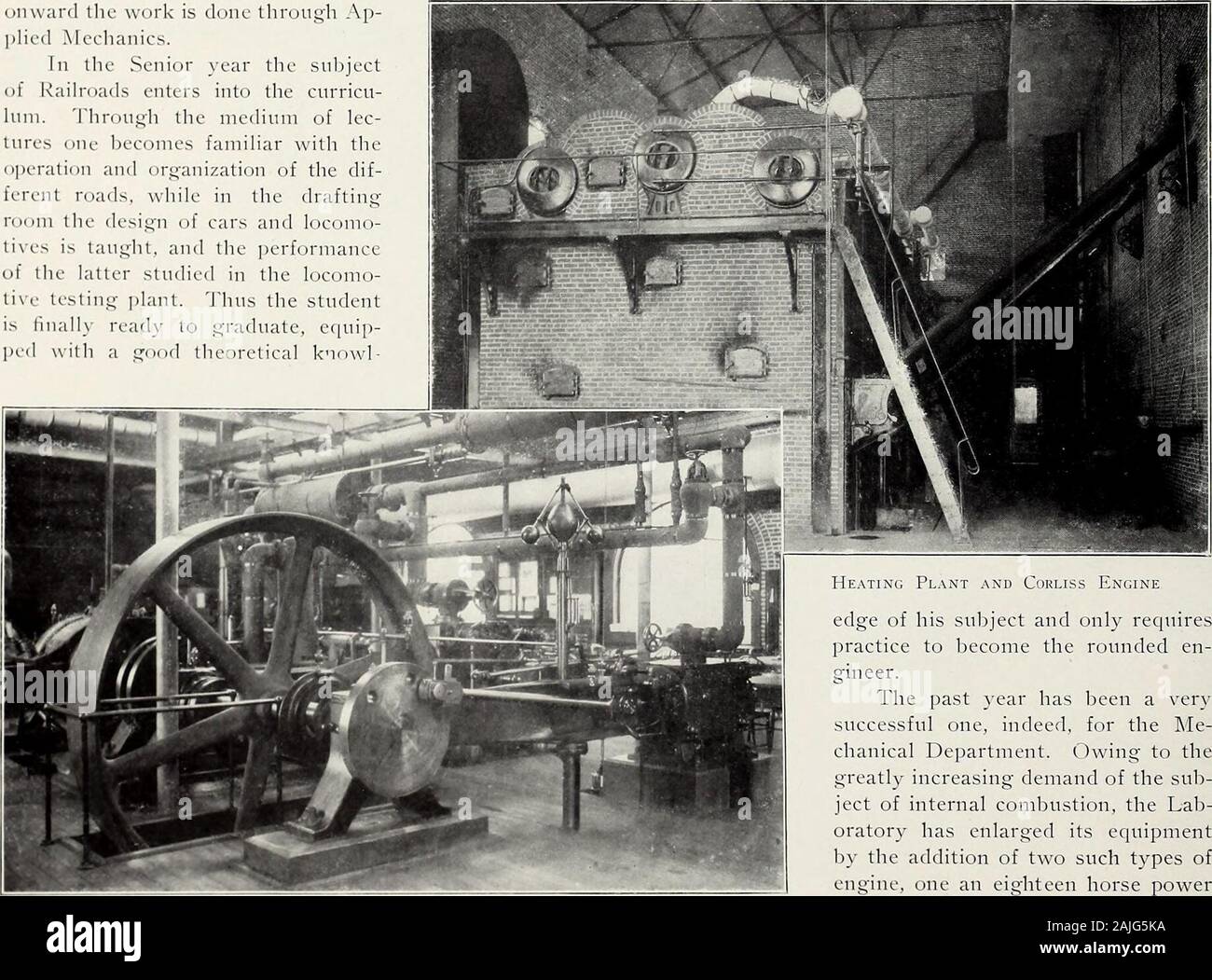

Ferrite-austenite transformations occur in the recrystallized matrix during conventional heating at a rate lower than 10 ☌ s −1. Petrov 14, 15 reported that the average grain size drops from 5 μm to 1 μm as the heating rate is increased from 10 2 ☌ s −1 to 10 3 ☌ s −1 in cold-rolled HSLA steels and DP steels, resulting in an increase in tensile strength. Several studies have focused on improving both the strength and ductility of low-carbon steel through grain refinement by rapid heating 8– 13. A recent publication suggested that applying ultrafast heating to cold-rolled low-alloy steels results in a substantial grain refinement 8. However, these techniques cannot be applied to products that require reheating, such as cold-rolled steel and plated steel sheet, since their ultrafine structures will be coarsened during the reheating process.

This nanograin refinement is due to the rapid-cooling promoted enhanced nucleation of ferrite in austenite with accumulated and frozen-in strain. On the other hand, the metallurgy of steel produced using hot rolling and subsequent accelerated cooling in hot-strip and plate mills has been studied as thermo-mechanical controlled processes (TMCPs) for several decades 4, and the formation of nanometer-scale grains during production through control of the cooling rate has been extensively studied 5– 7. However, the application of heavy deformation at low temperature naturally increases the deformation load while tending to decrease the productivity of the grain-refinement processes used. The grain refinement of steel on the nanometer scale has been investigated through heavy deformation, such as high pressure torsion 2 and accumulated roll bonding 3, at low temperature. Therefore, ultrafine grained steels have great potential for replacing some conventional advanced steels. Among the various strengthening mechanisms used for advanced steels, grain refinement is one of the few methods that can improve both strength and toughness simultaneously 1. Advanced high-strength steels have been conventionally developed by optimizing alloying elements and heat treatments. This study will help further the development of functional steels.Īnnual global steel production has been increasing owing to a growing demand for high-strength steels that enable automobiles to be designed with thinner and therefore lighter parts that help to reduce fuel consumption and reduce the global carbon footprint.

The formation of a fine microstructure by a simple manufacturing process, without rare elements such as Ti, Nb, or Mo, can be expected. Fe–C martensitic steels were also found to undergo a massive reverse transformation during ultrafast heating. Our results demonstrated that a fine microstructure formed because of a phase transformation in which the dislocation density and carbon concentrations remained high owing to ultrafast heating. A maximum heating rate of 10 4 ☌/s, which is sufficient to avoid diffusive reversion, was achieved, and the reverse transformation during ultrafast heating was successfully observed. To identify the reverse transformation mechanism from α′ to γ, we used an X-ray free-electron laser and ultrafast heating. In this study, phase transformation kinetics was directly evaluated using a femtosecond X-ray diffraction technique for operand measurements of the dislocation densities and carbon concentrations in Fe-0.1mass%C martensitic steel.


 0 kommentar(er)
0 kommentar(er)
